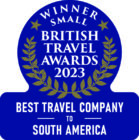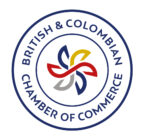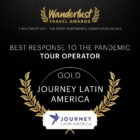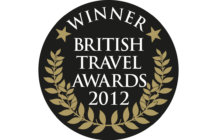Brazilian Island Hideaway

The whole village fits into three tractors," says Tony Fitzsimmons, the English owner of Pousada Mangueira in Moreré, on the island of Boipeba in tropical north-east Brazil. It strikes me as an odd unit of population to use, but since tractors are the only form of motorised transport here, it is probably fair enough.
The reason there are no vehicles here is because there are no roads, just sandy tracks criss-crossing this 8km x 12km island where the major tourist attractions are a flour mill, a palm-oil mill and an offshore raft serving oysters. Tractors are used to collect rubbish, ferry children to school or rush (and I use the word advisedly) sick or injured villagers to Boipeba's's only health centre.
"We've a one-third share in a donkey," says Tony, when I ask how they get around. "It's a nice way to travel if we want to go to Velha Boipeba [the largest village: population 1,600] to buy watermelons. It's the big metropolis for us."
Guests come by charter plane from Salvador, the state capital of Bahia, and land on the next island (Tinharé) at an airstrip owned by an Italian billionaire.
"They don't know what's hit them," Tony says, walking me down to a shack on the beach where he referees the odd village football game or goes windsurfing. "To be frank, there's not a lot to do round here."
As we settle down at a rickety, sun-bleached table, that seems like no bad thing. The tide is low, and I gaze out across the gleaming, rippled sand to where Miguel, our boatman, has anchored his speedboat just beyond the surf. Behind him is turquoise water streaked with white where it kicks up over a sand bar, and above it is an improbably cornflower-blue sky. Beyond I can make out the third of Moreré's three beaches - a deserted stretch of pristine sand backed by palms.
The owner of the shack gestures to his son, Jean-Paul, who in turn delegates the job of serving us to a group of 10-year-old girls cleaning mangrove crabs.
"Lambreta!" he says, meaning clams (not Italian scooters), and a few minutes later one of the girls arrives, delivering a dozen meaty, golden nuggets of bivalve, slightly gritty and served with lime slices, a khaki home-made sauce like glutinous Tabasco, a small glass of hot, salty clam juice and a broad smile.
After paying the R$5 (£1.70) bill, I make my way to Miguel's boat to be ferried to the next course in my locally caught lunch. As I stand knee-deep in the shallows, an Italian family is disembarking from a bigger speedboat weighed down with Gucci luggage. They step off the bow into the clear, balmy water, getting their capri pants slightly wet.
What we and the Gucci set demonstrate is that, on Boipeba, fast boats are the only way to get around. The tractors, a municipal resource, are not for the use of tourists. You can walk to Moreré from Velha Boipeba, where we are staying – but it will take you two hours. In a speedboat like Miguel's, it takes 20 minutes and you can easily circumnavigate the island in a day, stopping off for clams in Moreré, a spot of snorkelling, an hour on the beach, a swim at an offshore sandbank that you will probably have entirely to yourself. As someone who doesn't own a car, I can't help rejoicing in the freedom of the boat culture of this part of Brazil. There are no jams, you don't have to follow roads and if you miss a ferry, you just hire a private boat.
Now, with the veteran Miguel at the controls, there is no stopping us. We are out in open water, bouncing across the waves and literally flying as we hit the odd tidal rip over a reef. It's thrilling, and more so when we near Cova da Onça and Miguel seems intent on driving us at 28 knots straight up the beach. He cuts his engines, and the boat subsides in the surf just before impact.
This is where I have my Let's Emigrate moment, sitting under Orlando's blue awning, sipping a cold Antarctica beer and devouring a moqueca (Bahia's African-influenced seafood stew) for two, containing no fewer than four lobsters. It's up there in my top 10 food experiences – the chunky discs of lobster; the dende (palm) oil with its mellow, yellow richness; the little bowl of pirão (like a starchy fish gravy) to spoon next to it; the crunchy, toasted manioc flour fried in butter known as farofa, eaten instead of bread.
We are staying at Santa Clara, a dreamily tropical lodge in Velha Boipeba. With its 11 rooms - some like treehouses - linked by walkways and surrounded by tropical gardens, Santa Clara is impeccably tasteful all round. It's a two-minute walk from the hotel to the nearest beach bar with its thatched umbrellas, sunloungers and beautiful people doing not very much on one of Brazil's most out-of-the-way and least commercialised beaches.
By Andrew Purvis, Observer Journalist.



























